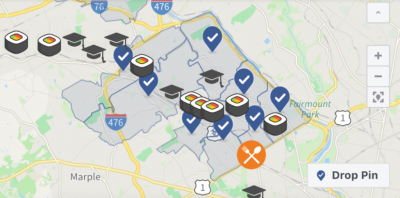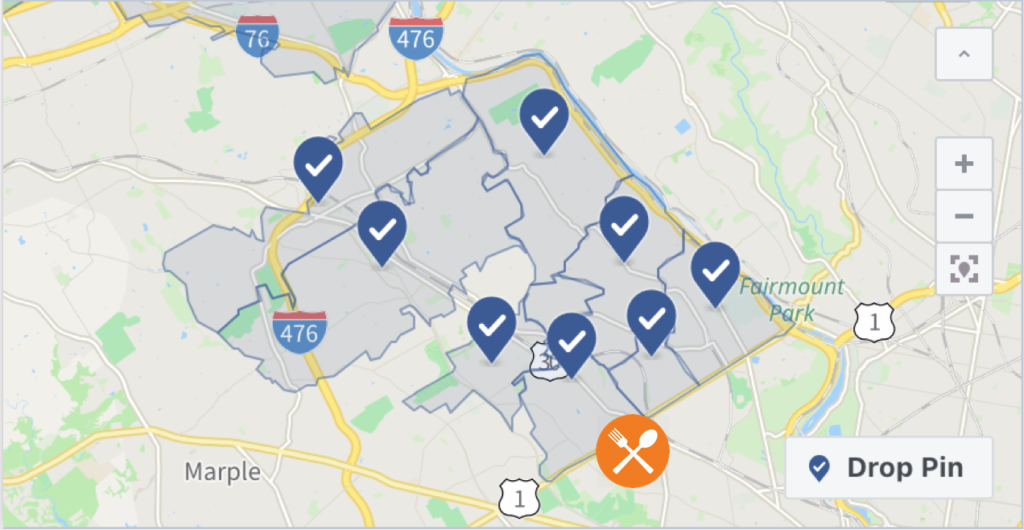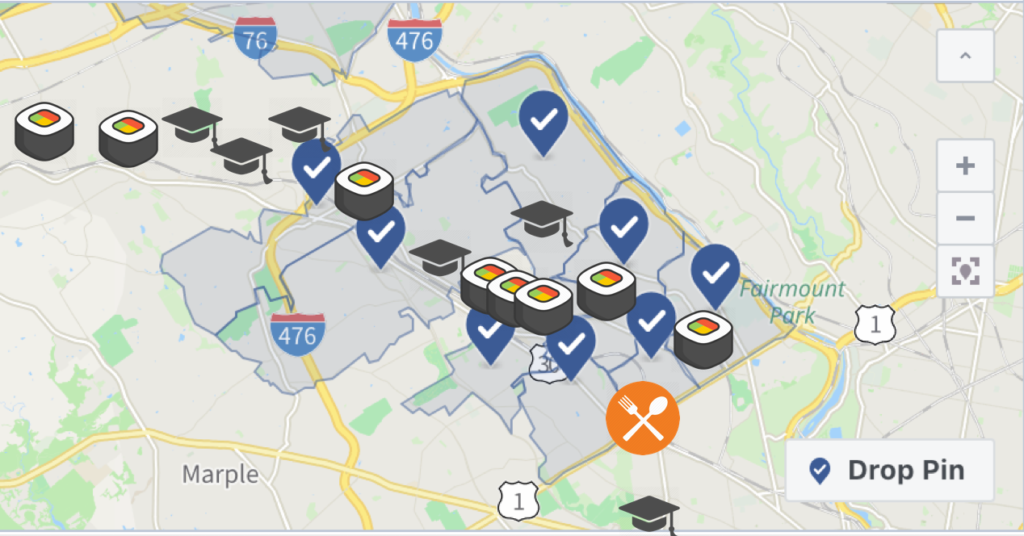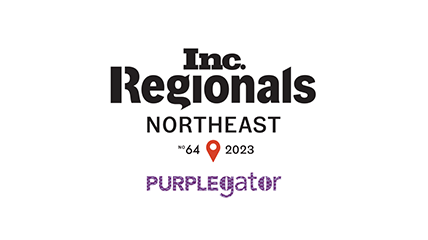Blog /
Geolocation, Geofencing, Geotargeting, Geo Conquesting Defined

Bob Bentz, author of Relevance Raises Response: How to Engage and Acquire with Mobile Marketing explains what geolocation, geofencing, geotargeting, and geo conquesting mean when it comes to mobile and digital advertising.
Understanding Mobile Advertising Terminology is Half the Battle
Many marketers tend to misuse many of the “geos” that are involved in mobile advertising and digital advertising. Therefore, this article hopes to define each of the geos and how a business or marketing company can effectively use those confusing geo-things to run a successful mobile marketing campaign.
Geolocation
With geolocation, there’s no more wasted spend for your advertising. You only advertise to consumers within a specifically defined area such as zip code, radius, or unique polygon.
The geolocation area can be of those customers or prospects that are presently in the geo-zone or it can be of those consumers that were previously in the geolocation zone. In other words, you can target people that live or work in your geolocation or you can target people that live outside the geolocation, but happen to be within the geo-zone at a given time when you are advertising. The choices of which to use should be obvious. If you are selling home repair or HVAC services, you would only want to reach those that reside within your geolocation. A restaurant, on the other hand, may be more interested in those people that live outside the geolocation, but are currently within it since they are actually more likely to need to eat out than a local resident.
Take a look at the geolocation map below. You will see that we have chosen to advertise only to those zip codes to the northwest of the restaurant. This is because the restaurant abuts the city and the restaurant wishes to attract the higher income residents in the wealthier suburbs. The selection of the zip codes was done strategically; note that one area was removed from the geolocation targeting, because its residents were not regular customers of the restaurant. In many cases, businesses simply draw a radius from the store location, but in this case, that would be somewhat lazy and not the most effective targeting method so a unique area was defined.

Geolocation: Find the zip code, radius or unique area that your business should be targeting.
Geofencing
A geofence is a subset of the larger geolocation targeting. In mobile advertising, a geofence is designed to attract a specific location that is more likely to be a good customer of the business. This may be an extremely wealthy zip code or it may be a specific area such as a college campus where the residents or visitors are determined to be more likely to buy.
Remember, mobile and desktop advertising are purchased as programmatic advertising. Programmatic advertising acts like a giant stock market of buyers hoping to get the cheapest price possible for a mobile advertising impression versus publishers that are hoping to get the highest possible price for its advertising inventory. At some point, within a split second, the two meet and agree on a price based on available inventory and the cost to reach your audience within the geofence that is within the geolocation.
The reason that you would want to build a geofence within a geolocation is that you believe that this group contains platinum prospects that are more likely to make a purchase or more likely to spend more when they do purchase. Therefore, a savvy advertiser or digital agency may bid higher to reach those within the geofence to ensure that this audience is targeted to a much greater degree than those within the larger geolocation.
In the example in this article, the restaurant used a geofencing strategy to bid higher for placing advertisements on mobile devices found to be within the geofence of the region’s five major university campuses.

Geofencing: Optimize your search by identifying the very best areas within your geolocation.
Geotargeting
Geotargeting means targeting the right people within the geolocation or geofence. Most advertisers don’t want to target everybody within the the geolocation zone. After all, children don’t buy automobiles or choose which fancy restaurant to go to on Saturday date night. Advertisers use geotargeting to find the consumers most likely to buy based on sex, age, marriage status, income level, profession, interests, and a host of other factors that are available to digital agencies and advertisers through third party data providers.
In the example within this article, notice that the advertiser is hoping to attract families of college graduates. This is a highly coveted market since college graduation ceremonies are traditionally followed by a large party of the graduate’s family going out for a celebratory lunch or dinner. Therefore, it made sense to specifically use geotargeting to identify college students, age 21 to 24, whose devices were found to be on one of the five area college campuses.

Geotargeting: Narrow down your search even more by determining what prospects within your geolocation or geofence are most likely to buy.
Geo Conquesting
Geo conquesting can take the geofence down to something as minute as a single address or an address plus 1/10 of a mile. Geo conquesting is most commonly used as a way for retailers to send mobile advertising to consumers visiting competing stores.
But, geo conquesting is also very effectively used to target specific locations such as delegates at a trade show in an attempt to drive traffic to the advertiser’s trade show booth or featured speakers. In many cases, advertisers use geo conquesting to target trade show delegates even if the business doesn’t have that particular trade show in the budget.
There are a lot of options for mobile and digital advertisers, but geo conquesting strategies, if done effectively, tend to be the most exciting for businesses. Let’s face it. We are all competitive people and the idea of pulling business from competition is always an intriguing prospect.
In the example included in this article, the restaurant used geo conquesting to target known sushi fans. Not everybody likes sushi so the restaurant identified competing sushi restaurants within and directly outside of its geolocation. Using device detection, it identified sushi diners and made them a platinum target group for serving its advertising to.

Geo Conquesting: Identify competitors and utilize device detection at those locations to create a platinum target market of people interested in your product.
Other Targeting Strategies
Of course, mobile and digital advertising offer many other targeting strategies that don’t relate to geolocation or other forms of geo-advertising. Let’s take a look at a few more.
Demographics — Traditional media has used demographics in its targeting for many years so this is nothing new to mobile advertising. The difference, however, is that mobile is so much more accurate than traditional advertising.
Take NFL football advertising on television for example. The NFL says that 45% of its fans are female. If an advertiser thinks that they are reaching only men when they are advertising on an NFL game, they are grossly misunderstanding the audience. With mobile, however, if the advertiser only wants to reach men, that is easy to do.
Interests — Never before, has a medium allowed advertisers to get as close to its customers as mobile does. Mobile has the uncanny ability to identify interests of its users based on what apps the customer has downloaded, what websites they have visited, and what information they have posted or provided to his or her social media accounts.
Third party data providers and social media sites allow advertisers to effectively target the interests of customers and prospects like traditional media has never been able to.
Dayparting — Traditional media such as radio usually requires advertisers to make a purchase in a relatively longer time period such as morning drive, daytime, afternoon drive, evenings, or overnights. Not so with mobile advertising. With mobile, an advertiser can target a very specific time period. A restaurant, for example, may want to advertise just an hour before lunch time so that it can provide a message to those customers who haven’t yet decided where they are going to eat lunch.
With mobile advertising, there’s no additional cost for dayparting to reach the customer when he or she is most likely to buy. Through effective A-B testing, an advertiser can soon identify what times of the weekday, or the weekend, are most likely to result in increased store traffic or sales.
Retargeting — Retargeting should be an evergreen part of a business’s mobile and digital advertising strategy. After all, if a customer or prospect has visited your website, that’s a premium prospect that should continue to receive reminder advertisements from you regardless of where they happen to be on the mobile web or on their favorite apps.
Just be sure to put a limit on the amount of advertisements that your retargeting campaign will employ. This includes both a time limit and an impression limit. Understand that the customer is going to see a lot of messages from you so be sure to rotate the creative.
Geolocation vs. Geofencing
Understanding the definition of geolocation and geofencing will help you in providing the best possible campaign strategy for your mobile and desktop advertising. With this primer, we hope that when you come visit The Swamp to talk to the purple gators, we will be talking the same language from the moment we begin developing a strategy for your advertising campaign.
After all, it’s the language of mobile.









